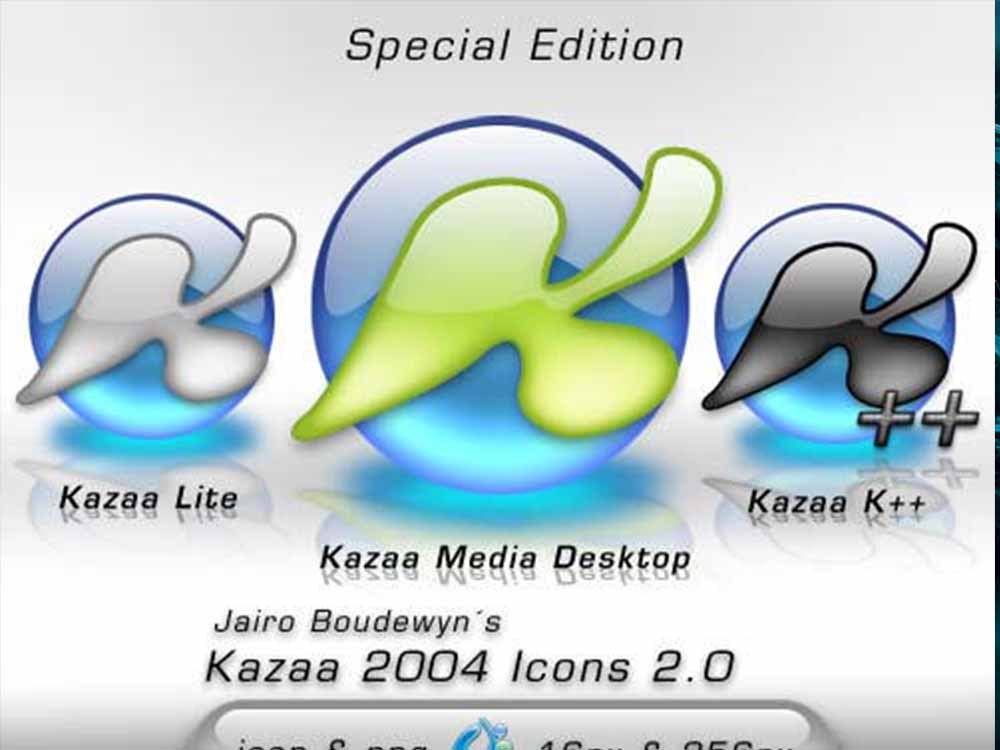The Rise and Fall of Kazaa: A Look Back at the Peer-to-Peer File Sharing Revolution
Kazaa, the pioneering peer-to-peer (P2P) file-sharing platform, played a pivotal role in shaping the digital landscape of the early 2000s. From its meteoric rise to its eventual downfall, Kazaa’s journey is a testament to the power of technology, the allure of free content, and the challenges of copyright infringement in the digital age. Let’s delve into the fascinating story of Kazaa and its impact on the way we consume and share media.
The Birth of Kazaa: Revolutionizing File Sharing
The Birth of P2P File Sharing
Kazaa emerged in 2001, building upon the foundation laid by predecessors like Napster and Gnutella. Developed by Estonian programmers Niklas Zennström and Janus Friis, Kazaa introduced a decentralized network that allowed users to share files directly with one another, bypassing traditional servers and central authorities. This peer-to-peer model revolutionized the way people accessed and distributed digital content, empowering users to share music, movies, software, and other files with unprecedented ease and efficiency.
The Kazaa Experience
Kazaa’s user-friendly interface and vast library of content quickly made it one of the most popular file-sharing platforms of its time. Users could search for and download files with a few clicks, accessing a treasure trove of media from around the world. From hit singles to blockbuster films, Kazaa offered virtually unlimited access to entertainment, all at no cost to the user.
Legal Battles and Copyright Controversies
Copyright Infringement Allegations
Despite its popularity, Kazaa soon found itself embroiled in legal battles with the music and movie industries. Copyright holders accused Kazaa of facilitating mass copyright infringement by enabling users to share copyrighted material without permission. The platform became synonymous with piracy, drawing the ire of record labels, movie studios, and other rights holders who saw their profits diminish as a result of unauthorized file sharing.
Legal Challenges and Courtroom Drama
Kazaa’s legal troubles escalated as record labels and movie studios launched lawsuits against the platform and its creators. In 2003, a federal court in the United States ruled that Kazaa’s operators could be held liable for copyright infringement committed by its users. The decision dealt a significant blow to Kazaa’s legitimacy and set the stage for further legal battles in the years to come.
Decline and Demise: The End of an Era
Settlements and Shutdowns
Facing mounting legal pressure and dwindling user confidence, Kazaa’s operators sought to settle their legal disputes with copyright holders. In 2006, Sharman Networks, the company behind Kazaa, agreed to pay millions of dollars in damages and implement measures to prevent copyright infringement on its platform. As part of the settlement, Kazaa also introduced filtering technologies to block unauthorized content, effectively neutering its file-sharing capabilities.
Legacy and Lessons Learned
Though Kazaa ultimately faded into obscurity, its legacy lives on in the ongoing debate over digital piracy and copyright enforcement. The rise and fall of Kazaa underscored the challenges of regulating online content sharing and the need for balanced solutions that protect both intellectual property rights and user freedoms. While Kazaa may have been a casualty of its own success, its impact on the digital landscape cannot be denied.
Conclusion: Kazaa’s Enduring Legacy
Kazaa’s story is a cautionary tale of innovation, disruption, and the complex interplay between technology, law, and society. While it may have revolutionized the way we share and consume media, it also exposed the inherent tensions between copyright protection and digital freedom. As we reflect on Kazaa’s rise and fall, we are reminded of the ever-evolving nature of the internet and the ongoing quest to strike a balance between innovation and accountability in the digital age.











